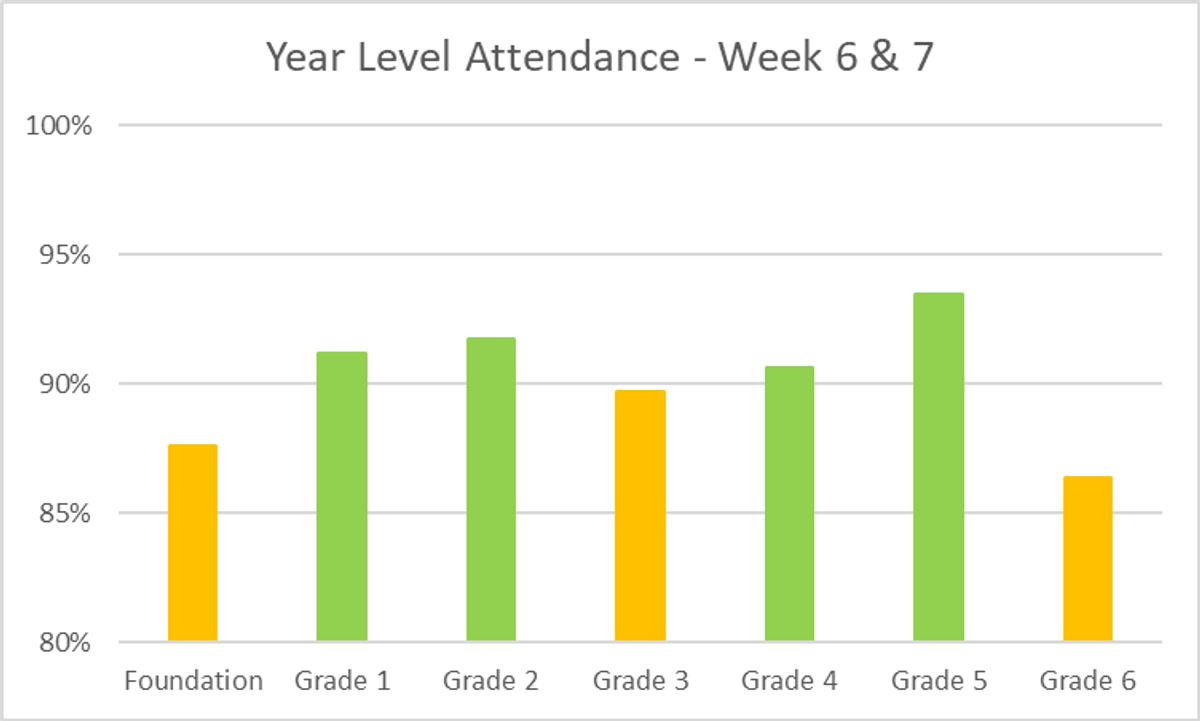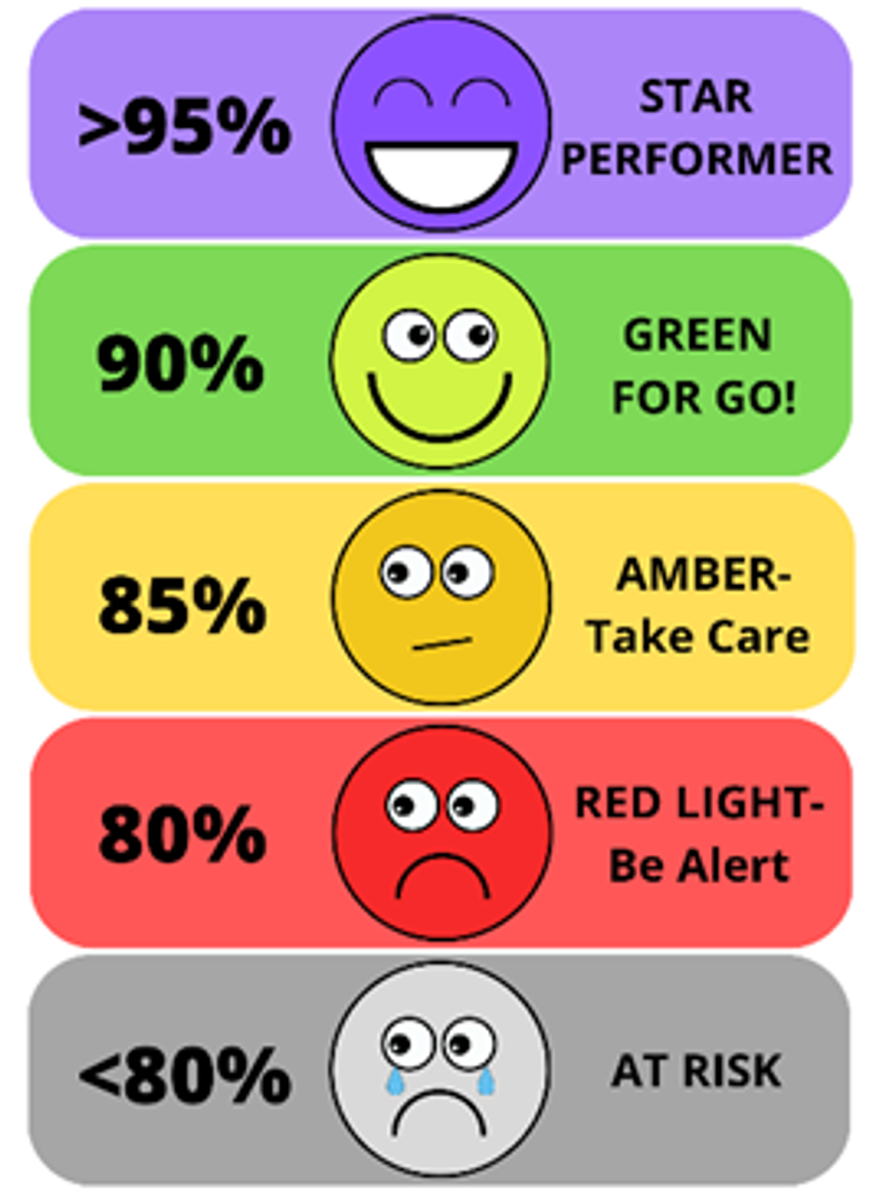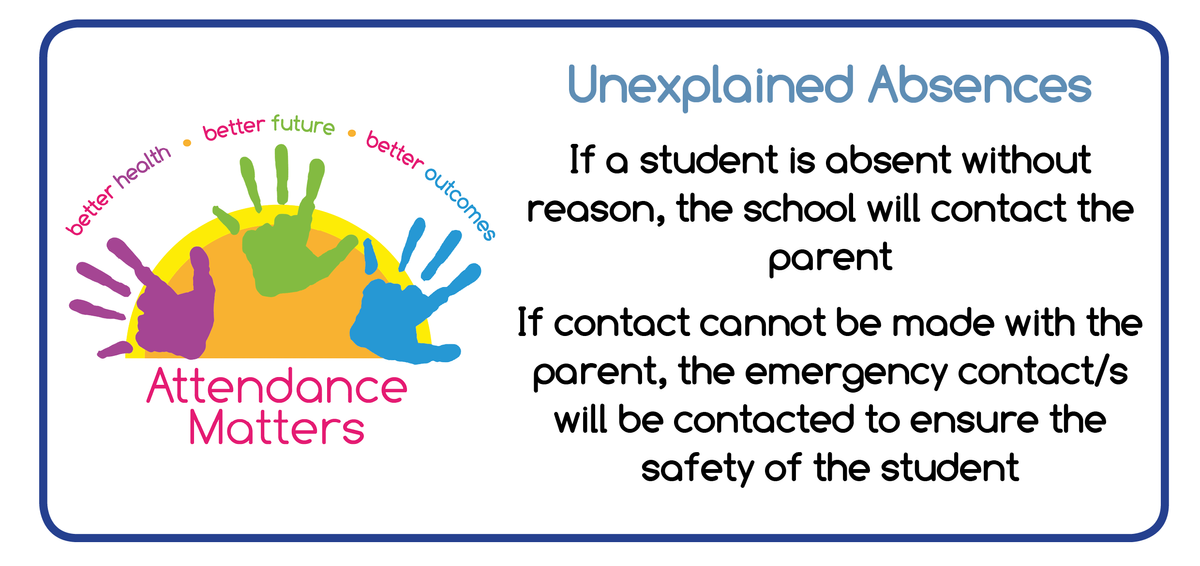Reminders

IMPETIGO (SCHOOL SORES)
Impetigo (im-pet-eye-go) is an infection of the skin caused by bacteria. It is often called school sores because it is common among school children. Impetigo causes sores on the skin, which are usually itchy. The sores may start out as blisters that burst and become weepy, before being covered with a crust.
Signs and symptoms of impetigo
- The sores can be anywhere on the body but are often on the face near the mouth and nose, or on the arms and legs.
- Impetigo may start with a blister or a group of blisters.
- The blister bursts leaving a patch of red, wet, weepy skin.
- The sore usually becomes coated with a tan or yellowish crust, making it look like it has been covered with honey.
- There can be small spots around the first sores, spreading outwards.
- There is often superficial peeling on the edge of the sore.
- Impetigo is usually itchy
What causes impetigo?
Impetigo is an infection of the skin caused by staphylococcus or streptococcus bacteria. These bacteria can live on the skin, in the throat or nose, or on other parts of the body without causing a problem, but sometimes they can cause an infection such as impetigo.
When to see a doctor
If your child has signs and symptoms of impetigo, take them to see a GP. The doctor will make sure the sores are impetigo.
Treatment for impetigo
Your doctor may prescribe antibiotic medicine in the form of a cream, ointment, tablets or syrup. Give these to your child as directed, and make sure you complete the course of antibiotics.
Care at home
- Continue any creams or ointments that you have been prescribed until all sores are healed. The sores should clear up in a few days with treatment.
- A daily 10-minute bleach bath may help to reduce the number of bacteria on your child's skin and reduce the risk of the impetigo spreading. Use regular White King Bleach 4% chlorine: add 12 mL for every 10 L of water.
- It is important to remove the crusts from the sores, to allow any ointments treating the sores to reach the infection properly. The best way to do this is to soak your child in a bleach bath for 20–30 minutes, while wiping the crusts away with an unused, wet disposable cloth (e.g. a Chux).
- Try to prevent your child scratching the sores as much as possible to avoid scarring, bleeding or further infection. Cover the sores with a watertight dressing and cut your child's fingernails.
- Keep your child home from childcare, kindergarten or school until 24 hours after starting medical treatment. After this time, they can be around other children again but cover up their sores completely with dressings.
Key points to remember
- Impetigo is very infectious and can be easily spread to other children.
- Try to prevent your child scratching the sores as much as possible. Cover the sores with a watertight dressing and cut your child's fingernails.
- It is important to remove the scabs from the sores.
- Complete all courses of antibiotics as prescribed and continue treatment with creams or ointments until all sores are healed.
- Your child can go back to childcare, kindergarten or school after 24 hours of treatment and when the sores are completely covered with dressings.
ATTENDANCE
CATHERINE McAULEY COLLEGE OPEN DAY





